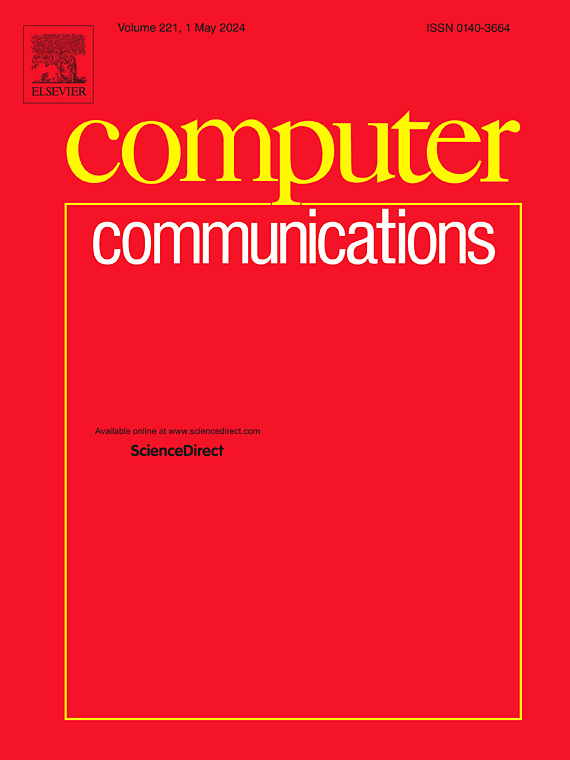DCDIM: Diversified influence maximization on dynamic social networks
IF 4.5
3区 计算机科学
Q1 COMPUTER SCIENCE, INFORMATION SYSTEMS
引用次数: 0
Abstract
The problem of influence maximization (IM) identifies the top nodes that can maximize the expected influence in social networks. IM has many applications, such as viral marketing, business strategy, and profit maximization. However, most of the existing studies focus on maximizing the influenced node in the static social network, and overlook the diversity of the influenced nodes. To address this issue, this work proposes a framework to diversify the influenced node in dynamic social networks. Utilizing the framework, our DCDIM algorithm identifies the communities dynamically and maximizes the communities of influential nodes using a proposed objective function. We prove that the proposed objective function is Monotonic, Submodular, and NP-Hard. The experiments have been conducted on four datasets, and the experimental results show that the proposed approach achieves the maximum number of communities and gives competitive influenced node with the benchmark algorithms.
DCDIM:动态社交网络的多元化影响力最大化
影响力最大化问题(IM)识别出在社交网络中能够最大化预期影响力的前k个节点。即时通讯有许多应用,如病毒式营销、商业策略和利润最大化。然而,现有的研究大多着眼于静态社会网络中受影响节点的最大化,而忽略了受影响节点的多样性。为了解决这个问题,本工作提出了一个框架,使动态社会网络中的受影响节点多样化。利用该框架,我们的DCDIM算法动态识别社区,并使用提出的目标函数最大化有影响力节点的社区。我们证明了所提出的目标函数是单调的、次模的和NP-Hard的。在4个数据集上进行了实验,实验结果表明,该方法与基准算法相比实现了社区数量最大化,并给出了竞争性影响节点。
本文章由计算机程序翻译,如有差异,请以英文原文为准。
求助全文
约1分钟内获得全文
求助全文
来源期刊

Computer Communications
工程技术-电信学
CiteScore
14.10
自引率
5.00%
发文量
397
审稿时长
66 days
期刊介绍:
Computer and Communications networks are key infrastructures of the information society with high socio-economic value as they contribute to the correct operations of many critical services (from healthcare to finance and transportation). Internet is the core of today''s computer-communication infrastructures. This has transformed the Internet, from a robust network for data transfer between computers, to a global, content-rich, communication and information system where contents are increasingly generated by the users, and distributed according to human social relations. Next-generation network technologies, architectures and protocols are therefore required to overcome the limitations of the legacy Internet and add new capabilities and services. The future Internet should be ubiquitous, secure, resilient, and closer to human communication paradigms.
Computer Communications is a peer-reviewed international journal that publishes high-quality scientific articles (both theory and practice) and survey papers covering all aspects of future computer communication networks (on all layers, except the physical layer), with a special attention to the evolution of the Internet architecture, protocols, services, and applications.
 求助内容:
求助内容: 应助结果提醒方式:
应助结果提醒方式:


